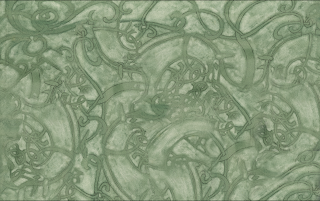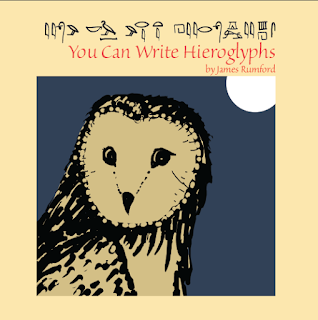Many movie buffs love it when a favorite movie can be seen as the director saw it. These so-called “director’s cuts” sometimes show the original intent of the director before the producer or movie studio or marketing got a hold of the film and made changes they thought necessary.
Recently, one of my publishers, Houghton Mifflin Harcourt, returned the rights to some of my books which had gone out of print. I decided that I would republish some of these books and take the opportunity to make a few changes. I have called these books “author’s editions.”
Some of these changes involved a word or two here and there. Others transformed the design of the book either to reflect what I had originally intended or what I now feel the book should project in terms of theme and mood.
Still others involved correcting some illustration that had bothered the heck out of me after it was printed. You know what I mean, if you are an illustrator—an unintended line that marred a facial expression, a fold in a shirt or pant leg that suggested an undisclosed deformity, a missing line that if replaced could embolden the image.
Finally, because I intended to publish my books through Amazon’s Kindle Publishing Direct, I had to change all “landscape” books to “portrait” and make judicious cuts to illustrations and reinterpret page layout.
For my 2007 edition of Beowulf, A Hero’s Tale Retold, I decided to redo the backgrounds. Back then I didn’t know how to piece together a background design in Photoshop. I had to go with a blown-up, rather blurry, background from one of the illustrations.
Now I have just the design I had intended to use behind the illustrations and the text.
Also, I didn’t know, or it never occurred to me, that I could change the coloration of an illustration to reflect the mood I wanted to portray. The original illustrations were all done in green, but after thirteen years I realized that they didn’t all have to be green. Some could be tinted blue, others tinted orange. Photoshop, and years of experience, allowed me to do this.
For the Houghton Mifflin edition of Chee-lin, I had made complicated backgrounds on my computer, which I thought went well with the illustrations. But last month, I decided that the backgrounds had to go. Wouldn’t a simpler page layout enhance the illustrations and set them off as they should be?
For my first book, The Cloudmakers, I made only minor changes. I added a cloud design to the pages and changed the illustrations from landscape orientation to portrait. I also fiddled with the anatomy of the figures. Heads were correctly seated on shoulders. The boy’s shoulders became less manly, etc. I had to restrain myself and not make too many changes. After all, this was my first book.
And finally, I have been able to make changes to the covers. As I said in a previous blog ( May 31, 2016), covers have always been hard for me. So for Chee-Lin, instead of
And for The Black Orchid Code, we see the original 2014 cover and the newly conceived one::::
These author editions are fun to do. They give me the opportunity to revisit old work and make improvements. They also let me return to that moment in the past when I first created the book, when I was excited about the project, when I was inspired.





























































